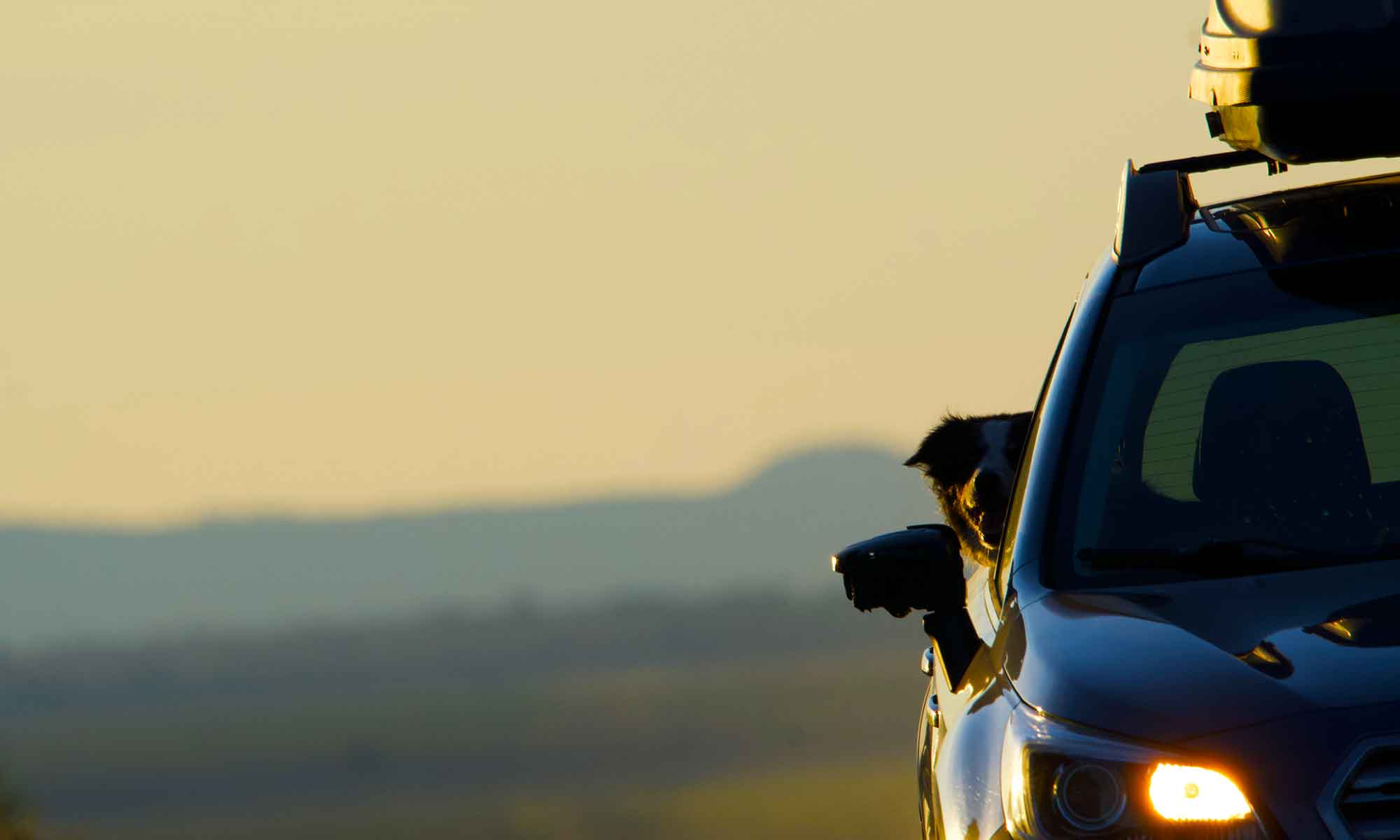 In Central Oregon you are at the mercy of winter’s weather whims.
In Central Oregon you are at the mercy of winter’s weather whims.
Sun-filled days are broken up with snowfall which makes road trips unpleasant. Right now we are in the middle of a February snow-dump and have spent the last week close to home. When the roads, as well as the sky cleared, we were ready for an excursion.
East of La Pine, about 40 miles on the Fremont Highway (State Route 31), is according to our trusty Oregon Roadside Geology book, a “garden of volcanic oddities.” Big Hole, Hole-in-the-Ground, The Devils Garden and Fort Rock were all formed about 13 thousand years ago in and along an ice-age lake that became Silver and Summer lakes. Basically, at the same time Mt Mazama was making Crater Lake.

 The state park at it’s northwestern edge is the starting point for a series of trails that take you into the ring of volcanic ash and around it’s outer perimeter.
The state park at it’s northwestern edge is the starting point for a series of trails that take you into the ring of volcanic ash and around it’s outer perimeter.
This scouting mission didn’t align with optimal birding times, but we saw a couple of bald eagles and a few falcons soaring in and around the rock faces.








 Being retired made a huge difference in how we felt about the current blanket of white.
Being retired made a huge difference in how we felt about the current blanket of white.





 Shoveling isn’t my favorite thing, but it’s done in bursts. It presents time to chat with neighbors, and as stated, is done on our time with a hot cup of tea waiting on the other end.
Shoveling isn’t my favorite thing, but it’s done in bursts. It presents time to chat with neighbors, and as stated, is done on our time with a hot cup of tea waiting on the other end.
 In 1843, John Freemont discovered a valley with an alkali lake. On a December day, Freemont’s survey team clammered down a snow-covered cliff they would name Winter Ridge, into a temperate green valley.
In 1843, John Freemont discovered a valley with an alkali lake. On a December day, Freemont’s survey team clammered down a snow-covered cliff they would name Winter Ridge, into a temperate green valley.
